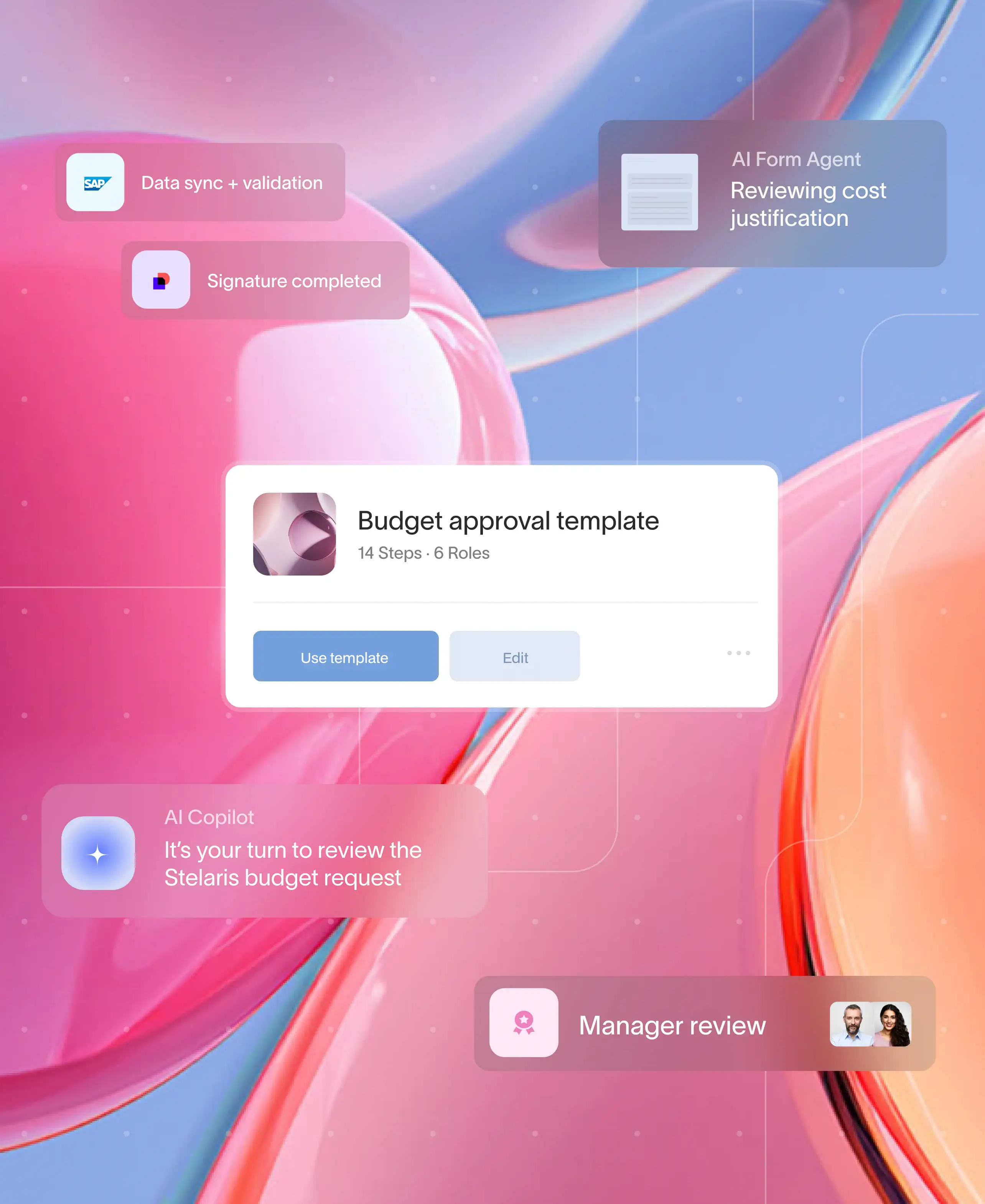
Whether you’re a small business owner, customer service professional, or freelancer, you’ll encounter difficult clients. Dealing with dissatisfaction over a product or service, and demanding clients can be a challenging aspect of any job that involves customer interaction. But here’s the silver lining — difficult clients can actually be beneficial for your business.
While it may be frustrating to work with difficult clients, it's important to remember that every client interaction is an opportunity. Difficult clients push you to improve your services, refine your communication skills, and highlight areas where your business can grow. In this guide, we'll explore how to handle difficult clients, provide actionable tips, streamline client communication, and transform frustration into resolution.
Why demanding clients can be good for business
Demanding clients can be frustrating, but they are actually good for the business. You get client feedback in a way you won’t get otherwise. They can pinpoint every small detail about their experience. You can incorporate those insights into your business to make it better. Working with difficult clients forces you to enhance your services and communication skills, leading to overall business growth.
How to identify difficult clients
Identifying difficult clients early on can help you manage your interactions more effectively. By recognizing these traits, you can take proactive steps to manage the relationship and prevent potential issues. Here are some common traits that may signal a challenging client:
- Unreasonable demands: Difficult clients often have unrealistic expectations, seeking excessive time, resources, or project alterations.
- Constant complaints: These clients are never satisfied, finding faults in your work even when it meets requirements, which can drain your energy and resources.
- Unprofessional behavior: Some clients display rudeness, condescension, or disrespect towards you or your team.
- Late payments: Clients who delay or withhold payments can cause significant financial strain on your business.
- Micromanaging: Constant check-ins and requests for updates can divert your attention from the project.
- Boundary pushing: Clients may ask for additional favors or unpaid work outside the agreed-upon scope.
- Lack of trust: Clients who question your abilities or decisions can make it difficult to do your job effectively.
- Scope creep: Constant requests for changes or additions to the project scope can lead to confusion and increased workload.
If you have clients with any or all of these traits, you are dealing with a difficult client. Even though they are a difficult client, they are important for the business and you should learn how to handle/deal with such difficult clients gracefully.
How to handle difficult customers
Navigating interactions with difficult clients can be challenging, but with the right approach, you can turn these encounters into constructive experiences. Here are several actionable ways to manage difficult clients with professionalism:
- Communicate clearly
- Listen actively
- Set clear boundaries
- Stay calm and professional
- Offer solutions, not excuses
- Record all details
- Seek support
1. Communicate clearly
One of the most important steps in managing difficult clients is clear communication. Make sure to establish expectations and boundaries upfront, and keep them informed throughout the project.
2. Listen actively
If you want to handle a difficult client, you have to take the time to listen to their concerns patiently. In case you also revert to them abruptly, it can hamper your business relationship. Being patient and addressing their issue gracefully will build trust and understanding between you and the client.
3. Set clear boundaries
One of the best ways when deal with difficult clients is to establish clear boundaries. This will help in maintaining a healthy working relationship. Clearly communicate your policies, timelines, and the scope of your services. This prevents misunderstandings and ensures that both parties are on the same page. If a client crosses these boundaries, calmly remind them of the agreed-upon guidelines and the consequences of not following them same.
4. Stay calm and professional
It can be easy to get caught up in emotions, but it is important to maintain your composure when dealing with difficult clients. Avoid getting defensive or confrontational and instead approach the situation calmly and objectively. Remember that your ultimate goal is to find a resolution that works for both parties.
5. Offer solutions, not excuses
When a client has a complaint, focus on finding a solution rather than making excuses. Instead of simply saying no to a client's request, try to offer alternative solutions that could still meet their needs. This shows that you are willing to work with them and help them. Apologize for any inconvenience and outline the steps you’ll take to resolve the issue. This demonstrates your commitment to customer satisfaction and can help defuse tension.
6. Record all details
Keep records and documentation of all communication and agreements with difficult clients. This will protect both parties in case of any misunderstandings or conflicts.
7. Seek support
Managing a difficult client can be emotionally taxing, so don't hesitate to seek support from coworkers, mentors, or friends. Talking through the situation with someone else can provide valuable insight and help you cope with any stress or frustration.
These are some strategies you can follow to deal and manage difficult clients. There can still be a chance that the client may create difficult situations. Do not panic, get your managers involved in that case. In case the situation worsens, consider parting ways with a difficult client.
How to part ways with a difficult client
As a last resort, when worst comes to worst, fire a difficult client. While this can be a tough decision, it is a good decision for your business and your team’s well-being in the long run. Here’s how to part ways with a difficult client professionally:
1. Know when to walk away
Sometimes, despite our best efforts, a client may continue to be difficult and unreasonable. In these situations, it may be necessary to end the working relationship for the sake of your own mental health and well-being.
2. Assess the situation
Before taking action, evaluate the impact of the difficult client on your business. Consider factors like the time and resources spent on managing the client, the toll on your team’s morale, and the potential loss of revenue.
3. Communicate effectively
If you decide to end the relationship, communicate your decision clearly and respectfully. Explain the reasons for your decision and express your regret that the partnership didn’t work out. Offer to refer them to another provider if appropriate.
4. Document everything
When dealing with a difficult client, it's crucial to document all interactions and agreements in writing. This includes emails, phone calls, meetings, and any other forms of communication. This not only protects you legally but also helps maintain clear communication and expectations between both parties.
5. Learn from the experience
Every difficult client interaction can serve as a learning experience. Take time to reflect on what went wrong in the partnership and how you could have handled the situation better in the future. Use this experience to improve your processes, communication strategies, and client screening methods.
No business would prefer parting away with any client. But, it’s also important to understand the reasons why a client might get difficult at times. One of the core reasons why clients get difficult to deal with is in the engagement process with your business. Clients need processes that are easy and on the go. Many service-based businesses offer processes that need clients to communicate over different channels.
Efficient communication is key to managing difficult clients. This is where a client portal comes handy to streamline all the processes. It offers streamlined interactions and keeps everyone on the same page. Moxo simplifies managing difficult clients by providing a centralized platform for all communication needs, ensuring that messages and processes are clear and accessible. Its features, including secure messaging, document sharing, task management, and collaborative spaces, allow for seamless interaction without the back-and-forth often found in emails.
Conclusion
Dealing with difficult clients is a challenge that every business will face at some point. However, by understanding their value, identifying potential issues early, and using effective strategies to manage them, you can turn these challenges into opportunities for growth. Client portals like Moxo can further enhance your communication and collaboration, making it easier to deliver exceptional service and build strong client relationships. Remember, every difficult client is a chance to improve your business and develop your skills. Stay calm, stay professional, and keep learning. Get in touch if you wish to improve your client engagement!
FAQs
How can I identify a difficult client early on?
Look for signs such as unrealistic expectations, poor communication, and frequent complaints. These traits can indicate potential challenges in the client relationship.
What should I do if a client becomes too difficult to manage?
If a client relationship becomes untenable, consider ending the partnership. Communicate your decision clearly and respectfully, and document all interactions.
How can Moxo help with client communication?
Moxo offers features like centralized communication, task management, and secure file sharing, making it easier to manage client interactions all in one place and deliver exceptional service.
What steps can I take to avoid difficult clients in the future?
Pre-screen clients, define your ideal client profile, set clear expectations from the start, maintain open communication to prevent potential issues and build strong client relationships.
How can handling difficult clients benefit my business?
Difficult clients can provide valuable feedback, help develop your team’s skills, and potentially lead to strong loyalty and referrals if managed effectively.





